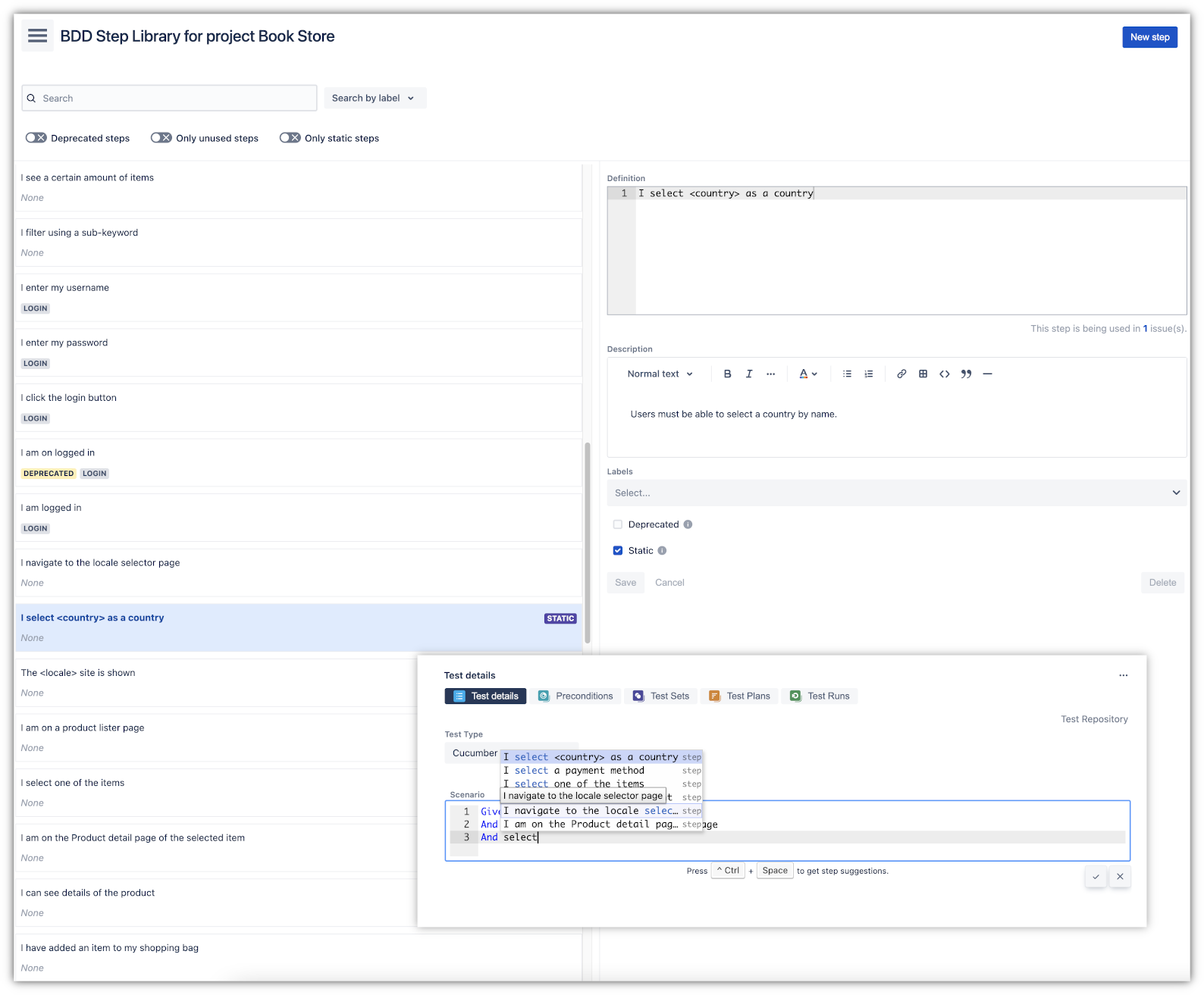Page History
...
| Expand | |||||||||
|---|---|---|---|---|---|---|---|---|---|
| |||||||||
|
...
| Status | ||||
|---|---|---|---|---|
|
| Expand | |||||||||
|---|---|---|---|---|---|---|---|---|---|
| |||||||||
|
| Expand | |||||||||
|---|---|---|---|---|---|---|---|---|---|
| |||||||||
|
...
Xray now provides a time tracking module within the execution page. This module allows users to record the time spent executing a test by controlling a stopwatch. The stopwatch is also synchronized with the Test Run status. When you start executing a step, the stopwatch starts counting. When you set a final status on the Test Run, the stopwatch stops. You can also log work directly from the execution screen, just like you do within Jira issues. Any logged time will be added automatically to the Test Execution issue log work. Learn more here. |
In the works
| Expand | |||||||||
|---|---|---|---|---|---|---|---|---|---|
| |||||||||
|
Wish list for future versions
| Expand | |||||||||
|---|---|---|---|---|---|---|---|---|---|
| |||||||||
|
| Expand | |||||||||
|---|---|---|---|---|---|---|---|---|---|
| |||||||||
|
| Expand | |||||||||
|---|---|---|---|---|---|---|---|---|---|
| |||||||||
| |||||||||
| Expand | |||||||||
| |||||||||
|
| Expand | |||||||||
|---|---|---|---|---|---|---|---|---|---|
| |||||||||
|
...


